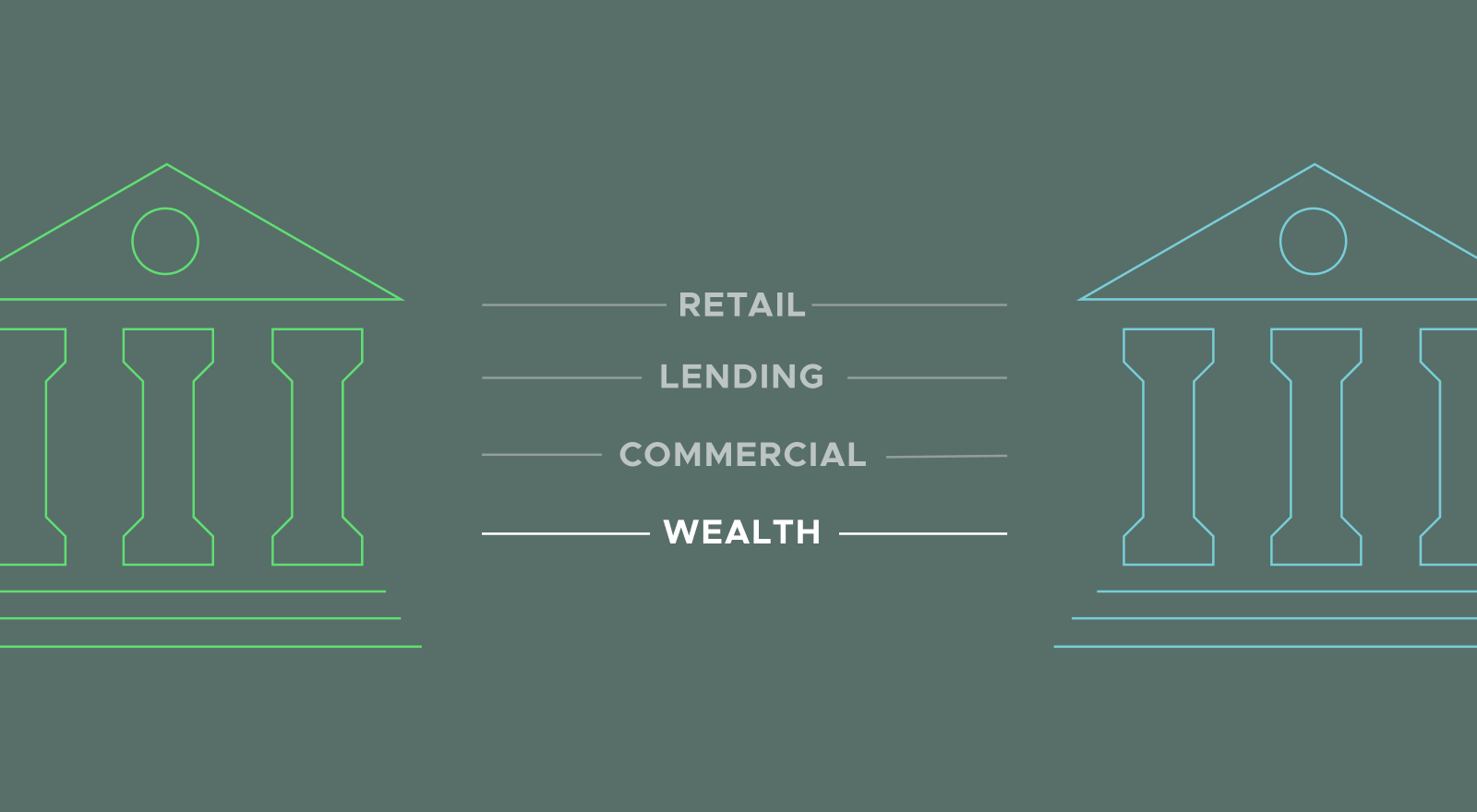In the rapidly evolving world of Wealth Management, traditional firms with deep roots in banking, trust, and investment advising are facing unprecedented pressure. The landscape is shifting, driven by technological innovation, changing client expectations, and increased competition from WealthTech startups and independent advisors. In response, a provocative new trend is emerging: the adoption of a 'hybrid-RIA' model by these legacy institutions. But is this shift a strategic evolution or a desperate gamble?
The Allure of the Hybrid-RIA Model
The hybrid-RIA approach allows firms to offer the best of both worlds: the personalized, fiduciary-driven advice of an RIA combined with the comprehensive services and stability of a traditional financial institution. For clients, this means access to a wide range of financial products and services; everything from estate planning and trust administration to customized investment strategies; under one roof.
The appeal is obvious. High-net-worth individuals and families are increasingly seeking holistic solutions that integrate all aspects of their financial lives. They want the flexibility and independence that an RIA offers, but they also crave the security and breadth of services that only a large, established institution can provide.
The Promise of Enhanced Client Relationships
At the heart of the hybrid-RIA model is the potential for deeper, more enduring client relationships. By aligning the fiduciary responsibilities of an RIA with the resources and capabilities of a full-service bank or trust company, these firms can position themselves as the ultimate stewards of their clients' wealth. This not only enhances client loyalty, but also creates opportunities for cross-selling and upselling a wide array of financial products.
Moreover, the hybrid model allows firms to cater to a broader spectrum of clients, from those seeking traditional banking services to those requiring sophisticated investment management. This adaptability is crucial in a market where client needs are becoming increasingly diverse and complex.
The Risks of Playing Both Sides: Addressing Conflicts and Custody Challenges
The hybrid-RIA model, while innovative, is not without its challenges. One of the most significant concerns is the potential for conflicts of interest when blending fiduciary and non-fiduciary services under one roof. Clients may question whether their advisor is truly acting in their best interest or merely promoting products from the firm's banking division.
Custody of accounts presents another complex challenge in the hybrid-RIA model. The distinction between omnibus custody and fully disclosed custody is critical, particularly when managing trust and non-trust accounts. Omnibus custody, where assets are pooled under one account, may offer efficiencies but can obscure individual client holdings and introduce risks. Fully disclosed custody, while more transparent, can be operationally intensive and may require more sophisticated systems to manage effectively. Firms must carefully choose the custody approach that aligns with their fiduciary responsibilities and client needs.
Regulatory scrutiny further complicates the hybrid-RIA model, as firms must navigate a complex web of compliance requirements. The dual nature of this model brings together fiduciary and non-fiduciary services, which means firms must adhere to SEC regulations while also managing banking oversight. If a broker-dealer is involved, the regulatory landscape becomes even more intricate, with FINRA's rules and standards adding another layer of complexity. This regulatory burden can lead to increased costs and operational challenges, potentially undermining the efficiencies that the hybrid model aims to achieve.
In sum, while the hybrid-RIA model offers exciting possibilities, it also demands careful management of conflicts, custody issues, and regulatory obligations. Firms that can address these challenges effectively may find success, while those that cannot risk eroding client trust and operational efficiency.
The Role of WealthTech in the Hybrid-RIA Model
The shift toward a hybrid-RIA model is emblematic of a broader trend in the wealth management industry: the blurring of lines between diverse types of financial institutions. As firms navigate the demands of a rapidly changing market, many are experimenting with new business models in an effort to stay competitive. Central to this evolution is the role of WealthTech, which is increasingly becoming the backbone that supports these innovative approaches.
WealthTech, with its advanced analytics, automated processes, and enhanced client communication tools, is crucial in enabling firms to integrate the personalized, fiduciary-driven advice of an RIA with the comprehensive services of a traditional financial institution. Without robust technology, the hybrid model could quickly become overwhelmed by the complexities of managing diverse client needs, regulatory requirements, and operational efficiency.
Whether the hybrid-RIA approach will be a game changer, or a misstep remains to be seen. It could represent the future of wealth management, offering clients a seamless, one-stop-shop for all their financial needs, powered by innovative WealthTech solutions. Or, it could prove to be a costly detour, fraught with conflicts of interest, compliance headaches, and technology implementation challenges.
The Future of Wealth Management
In the end, the success of the hybrid-RIA model will depend not only on how well firms can balance the competing demands of fiduciary duty, client expectations, and regulatory compliance as well as their ability to leverage WealthTech to streamline operations and enhance client experiences. As the industry watches closely, the pioneers of this trend will either pave the way for the future or serve as a cautionary tale for those who follow.





